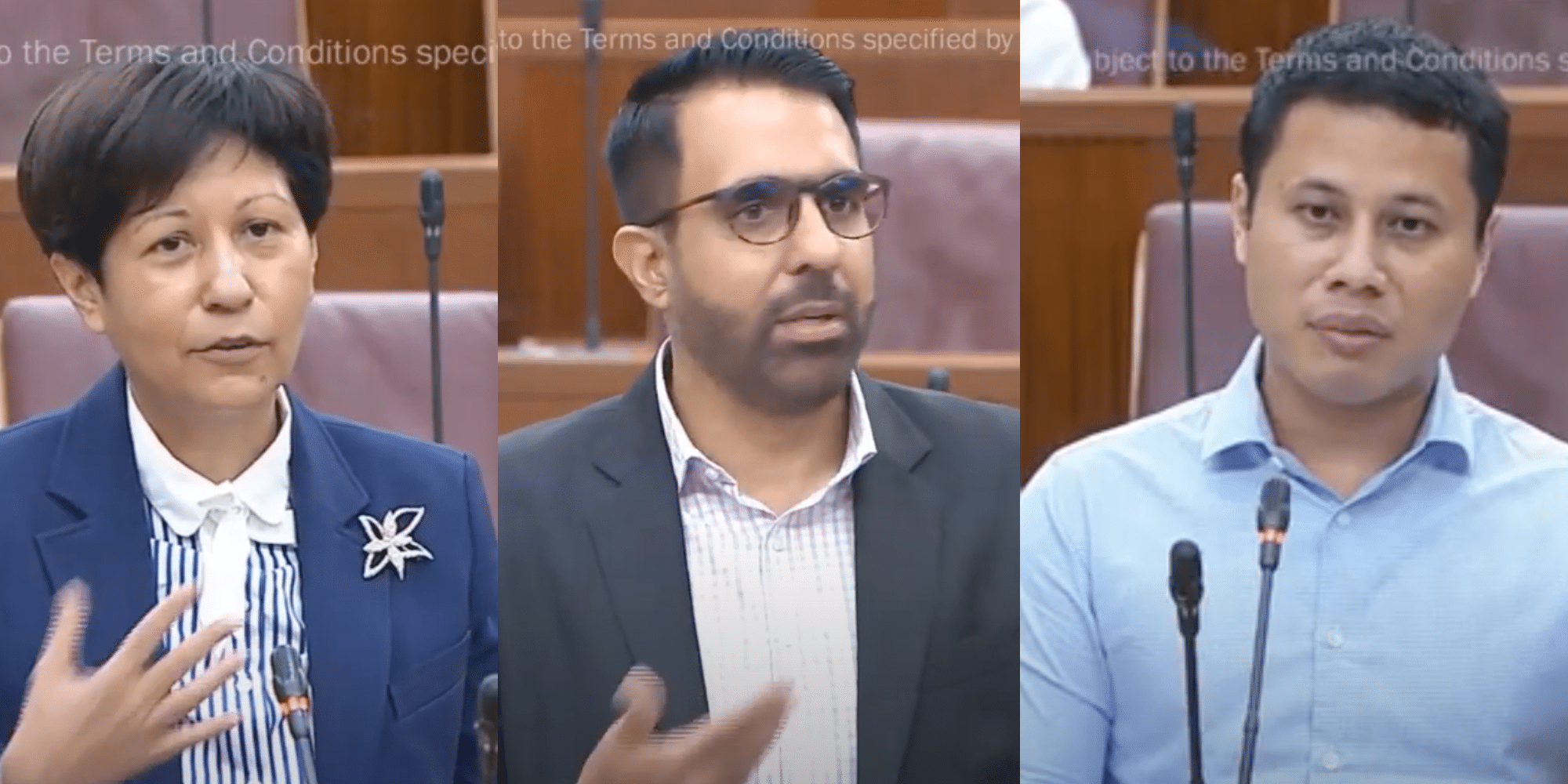On 31 July, passengers of Bukit Panjang line Light-Rail Train (LRT) were horrified when the train did not stop and sped past 3 stations despite the effort of pushing the emergency buttons the passengers did. The horror escalated when they saw another train was just at the next station. Luckily for them, the train moved off and the operation centre stopped the train in time before anything went horribly wrong.
The passenger who recalled the incident to TOC said, that she and her friend were unable to stop the train by pressing the emergency button after the train failed to stop at the stations.
Referring to the incident, two Members of Parliament and a nominated Member of Parliament submitted their written question to Minister for Transport Khaw Boon Wan.
Mr Low Thia Kiang, Worker’s party Secretary-General and MP for Aljunied GRC, asked:
- What are the service standards for responding to calls made via the emergency call buttons on MRT trains;
- What alternative action can commuters take to stop a moving train in cases that the station control cannot be reached during an emergency; and
- How does LTA intend to enhance emergency procedures for commuters on MRT and LRT trains.
Liang Eng Hwa, MP for Holland-Bukit Timah GRC asked:
- Whether LTA has investigated the reasons why a train car at Bukit Panjang LRT (BPLRT) failed to stop for three stations on 28 July 2016; and
- In light of reports of jerking actions on some train cars by commuters, whether the BPLRT poses any safety issues for commuters.
Nominated Member of Parliament, Associate Professor Randolf Tan asked the Minister for Transport whether public transport operators are required to ensure that information about safety and emergency features of public facilities are effectively communicated to public transport users.
Minister Khaw in his reply, stated that there are 2 ways the passengers can alert or stop the train in an emergency.
The first method is that they can contact the train captain, station staff or the Operations Control Centre (OCC) using the intercom units inside the trains and on station platforms. LRT passengers can also call the OCC using their mobile phones. The OCC contact numbers are displayed inside the LRT trains.
The second method is for commuters to use the emergency stop buttons on station platforms, the intercom units inside MRT trains, and the “Emergency Next Station Stop” buttons inside the trains, to bring the train to a safe stop.
Minister Khaw states that transport operators are obliged to spread the awareness of how to react in case similar incident occur. Prominent signs, as well as regular announcements and videos at train stations, bus interchanges and on board trains and buses are disseminated.
Minister Khaw wrote that the preliminary investigation by SMRT regardling the incident at the Bukit Panjang LRT system, showed that the Train Stop Antenna was faulty, causing it to fail to detect that it was arriving at the three stations from Jelapang to Bukit Panjang.
He pointed out that the LRT is protected by the Automatic Train Protection (ATP) System. This ensures that trains do not exceed the maximum operating speed of 55km/hr, and that a minimum safe distance is kept between any two trains at all times. The ATP operates independently of the Train Stop Antenna system.
Minister Khaw wrote, “As the ATP system is safety-critical, it has built-in redundancy. If one ATP Antenna malfunctions, the back-up will immediately take over. LTA and SMRT are working with the manufacturer, Bombardier, on the possibility of incorporating a similar redundancy into the Train Stop Antenna system.”






